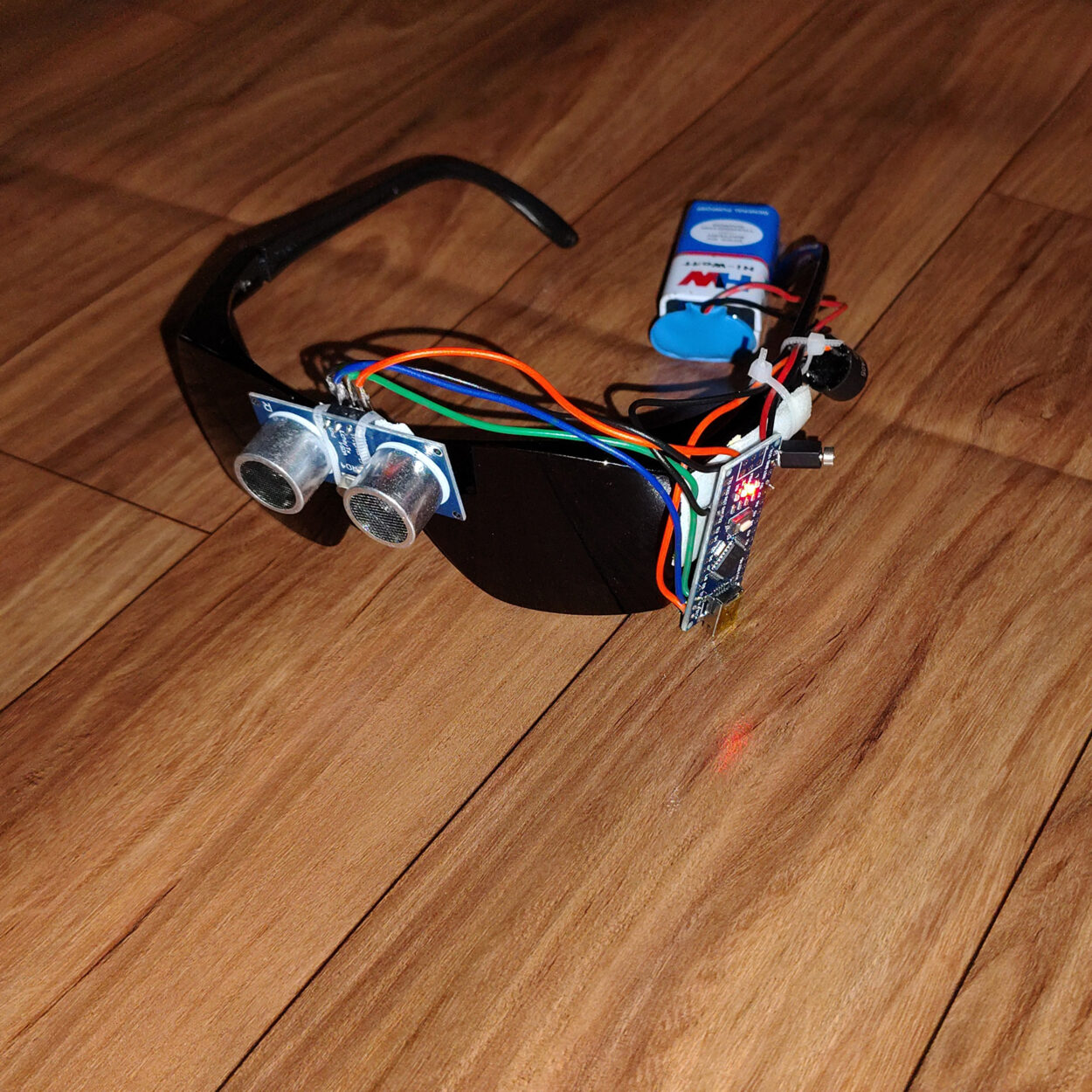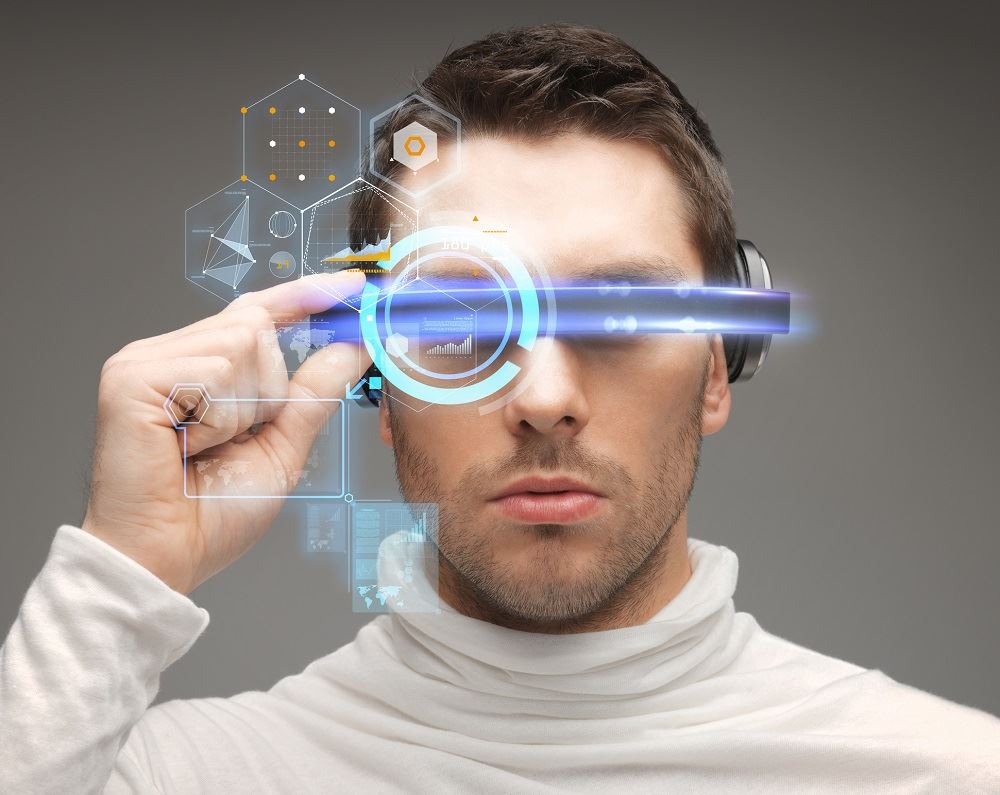Voice-Activated Assistive Devices: Empowering the Visually Impaired Through Innovation
Voice-Activated Assistive Devices: Empowering the Visually Impaired Through Innovation
Blog Article
Discover Advanced Assistive Instruments for Individuals With Aesthetic Problems
The landscape of assistive innovation for individuals with visual problems is progressing quickly, providing a variety of cutting-edge devices that improve freedom and interaction. From smart glasses that flawlessly combine aesthetic input with acoustic guidance to sophisticated navigating applications that redefine spatial understanding, these devices are reshaping opportunities.
Smart Glasses Innovations
Smart glasses represent a substantial advancement in assistive modern technology for individuals with visual problems. Equipped with sensing units and cameras, wise glasses can catch real-time aesthetic details, which is after that processed and communicated to the customer through audio comments or haptic feelings.
Furthermore, developments in synthetic knowledge have even more boosted the capacities of clever glasses. Artificial intelligence algorithms can identify faces, reviewed text, and determine items, making them indispensable devices for day-to-day tasks. Individuals can get auditory cues that provide context about their atmosphere, cultivating independence and confidence.
Additionally, the ergonomic design and lightweight nature of many clever glasses make them appropriate for long term usage, making certain comfort while improving functionality. As these devices continue to progress, they hold the potential to transform the means people with visual impairments experience their day-to-days live, bridging the gap in between ease of access and innovation. The ongoing r & d in this field assurance to broaden the possibilities for clever glasses, making them a necessary component of modern assistive devices.
Navigating Application and Equipment
Countless navigation apps and tools have arised as essential sources for people with aesthetic problems, substantially enhancing their capacity to pass through unfamiliar settings. These modern technologies leverage general practitioner performance, audio hints, and real-time information to give customers with specific navigating assistance.
One famous example is the Aira app, which attaches individuals to experienced representatives that can offer aesthetic descriptions of surroundings and navigation support through a real-time video clip feed. This solution enhances the user's spatial recognition and confidence while navigating. One more significant device is Seeing Eye GPS, which uses voice-guided navigation and sights, making it possible for individuals to accessibility important details regarding their environments.

As modern technology remains to development, the growth of a lot more sophisticated navigating devices promises to more equip people with aesthetic problems, helping with smooth mobility and integration right into diverse settings. Such innovations are critical in promoting a more comprehensive culture.
Braille Technology Developments
Recently, improvements in Braille technology have substantially transformed just how individuals with aesthetic disabilities gain access to information and involve with the globe around them. The development of mobile Braille screens has reinvented reading by enabling individuals to link wirelessly to tablet computers, mobile phones, and computers. These tools convert text into Braille in real-time, making it possible for seamless communication with digital web content.
Additionally, cutting-edge Braille printers have emerged, boosting the manufacturing of responsive products. Modern embossers are faster and much more effective, enabling the fast production of Braille documents and academic products. This efficiency reduces the time and price related to creating Braille sources, making them more easily accessible to colleges and companies.
Additionally, the integration of Braille with various other innovations, such as expert system and artificial intelligence, has opened up new opportunities for customized discovering experiences. Voice recognition and synthesis innovations can match Braille, supplying an inclusive strategy to info circulation.
As the demand for comprehensive education and office settings expands, these technological advancements play a crucial duty in encouraging individuals with visual problems, guaranteeing they have equal access to details and possibilities in different aspects of life.
Wearable Gadgets for Freedom
A growing range of wearable gadgets is boosting independence for individuals with visual disabilities, providing cutting-edge solutions that boost navigating and day-to-day living. Braille displays and notetakers. These devices utilize advanced modern technologies to provide real-time feedback and support, promoting freedom in numerous settings

Wearable technology likewise consists of smartwatches that can what degree does an optometrist have be programmed with availability functions, making it possible for customers to get notifications, track their locations, or even require help with the touch of a button. Some gadgets include fabricated intelligence to analyze the setting, offering sound descriptions of nearby items or individuals.
Voice-Activated Assistive Solutions
Leveraging voice-activated assistive services has changed the landscape of assistance for individuals with visual problems, giving hands-free communication and accessibility to a selection of tasks. These modern technologies utilize all-natural language handling and expert system to enable users to do day-to-day activities with basic voice commands.

Moreover, recent improvements in voice acknowledgment precision have actually enhanced the customer experience considerably, suiting varied accents and speech patterns. This inclusivity makes sure that even more individuals can take advantage of why not try these out these modern technologies, fostering a better sense of autonomy.
Final Thought
To conclude, the development of innovative assistive devices significantly boosts the independence and lifestyle for people with aesthetic impairments. Developments such as clever glasses, navigation applications, Braille modern technology, wearable devices, and voice-activated services jointly promote an even more comprehensive setting. These modern technologies empower individuals to browse their environments with confidence and engage more fully with the world, eventually advertising better availability and level playing fields for individuals facing visual challenges.
The landscape of assistive innovation for individuals with visual what is an od dr problems is progressing rapidly, presenting a range of innovative gadgets that boost freedom and interaction.Smart glasses represent a significant improvement in assistive technology for people with visual disabilities. As these gadgets continue to evolve, they hold the prospective to transform the way people with aesthetic disabilities experience their everyday lives, linking the void in between accessibility and innovation.In recent years, innovations in Braille innovation have actually significantly transformed just how people with aesthetic impairments gain access to info and involve with the globe around them. These technologies encourage users to navigate their surroundings with confidence and involve even more totally with the world, ultimately promoting better accessibility and equal opportunities for people facing visual obstacles.
Report this page